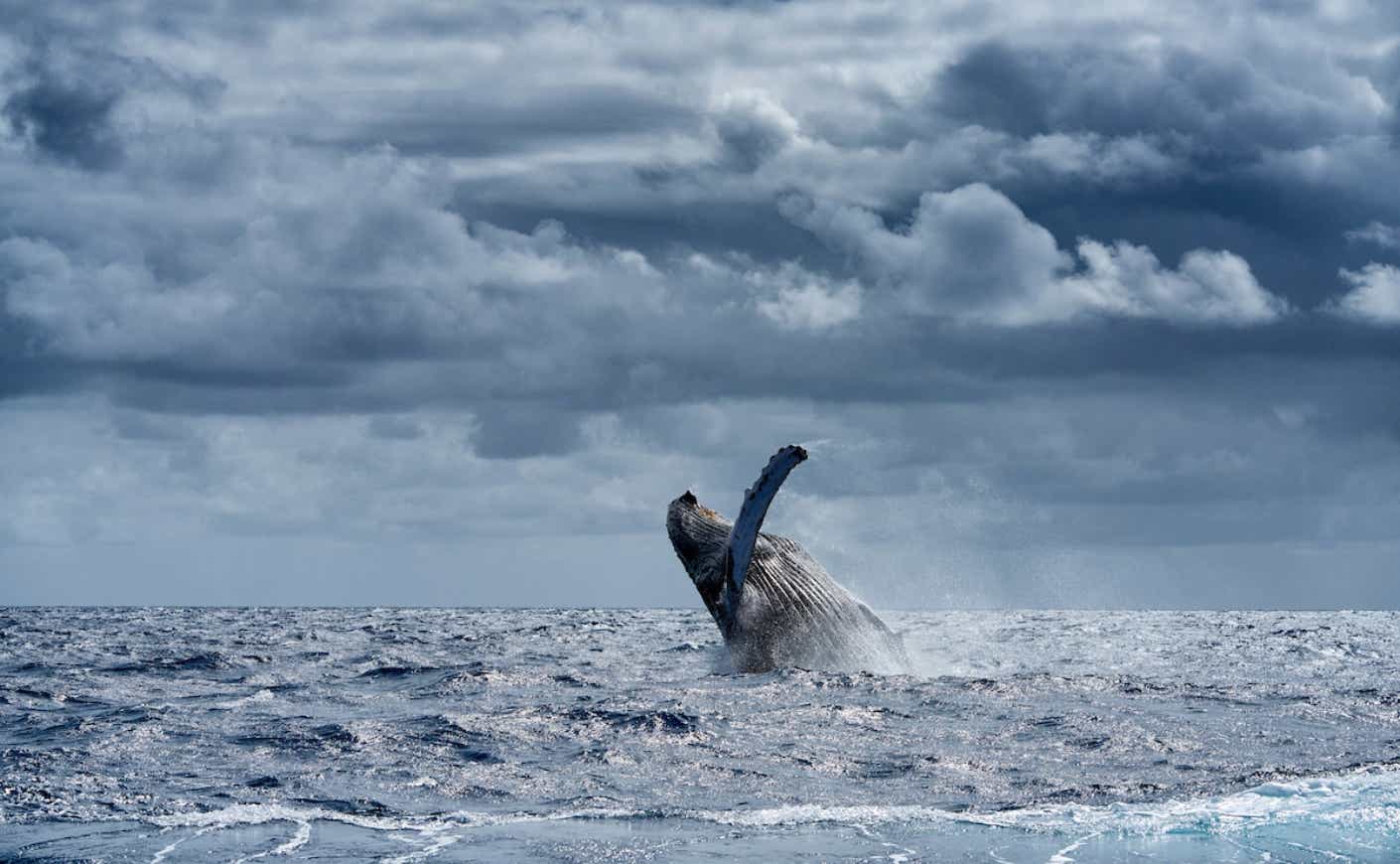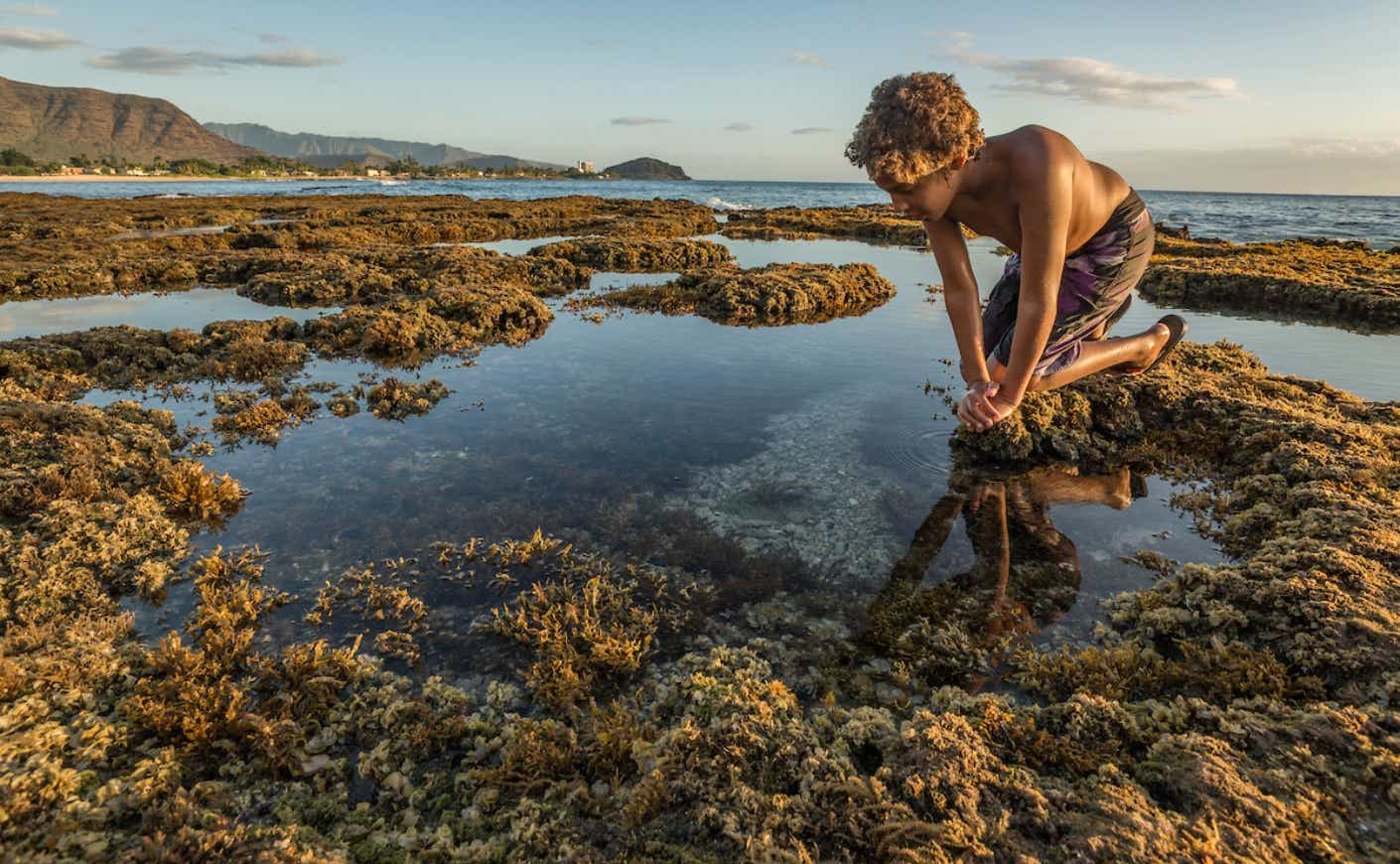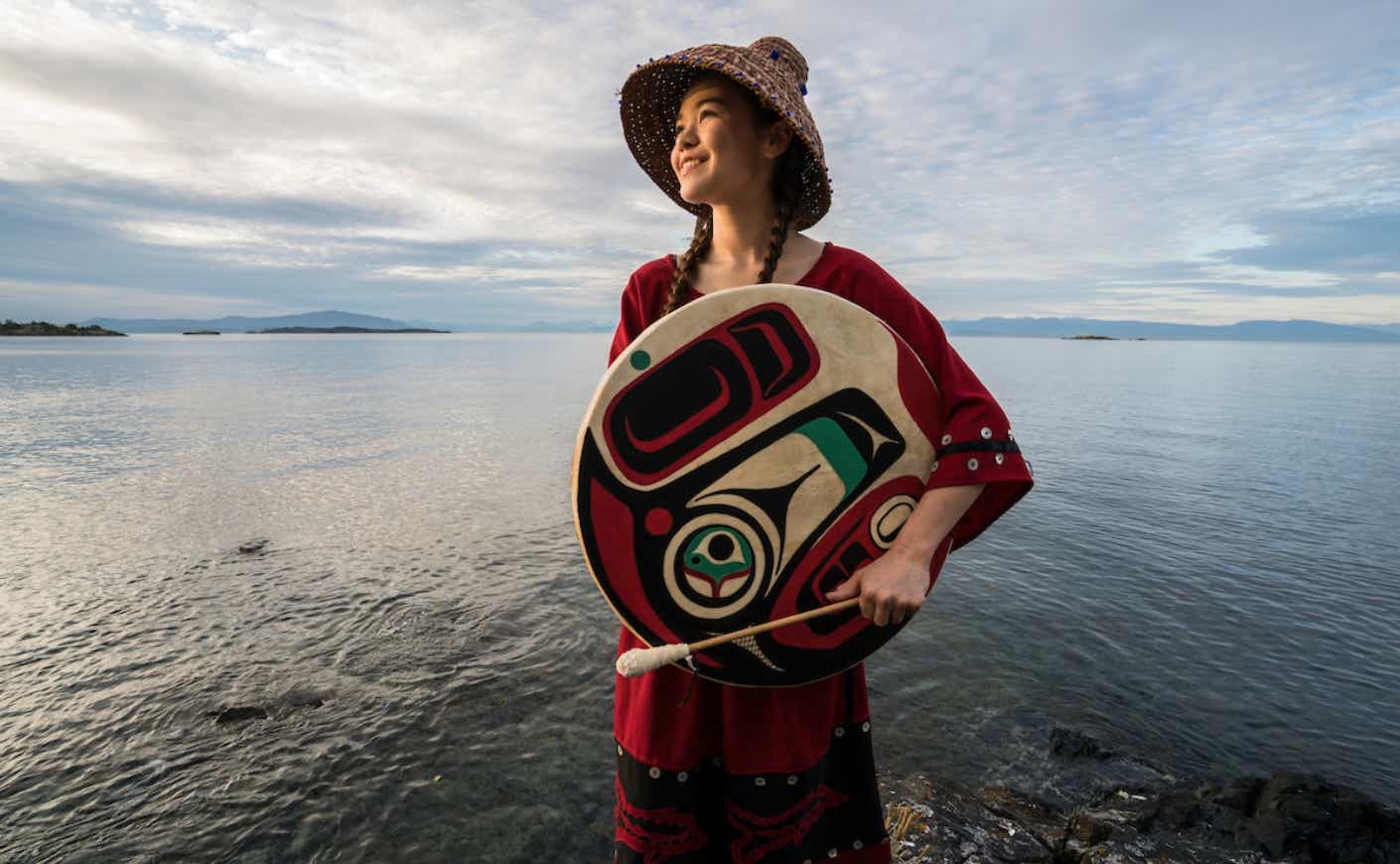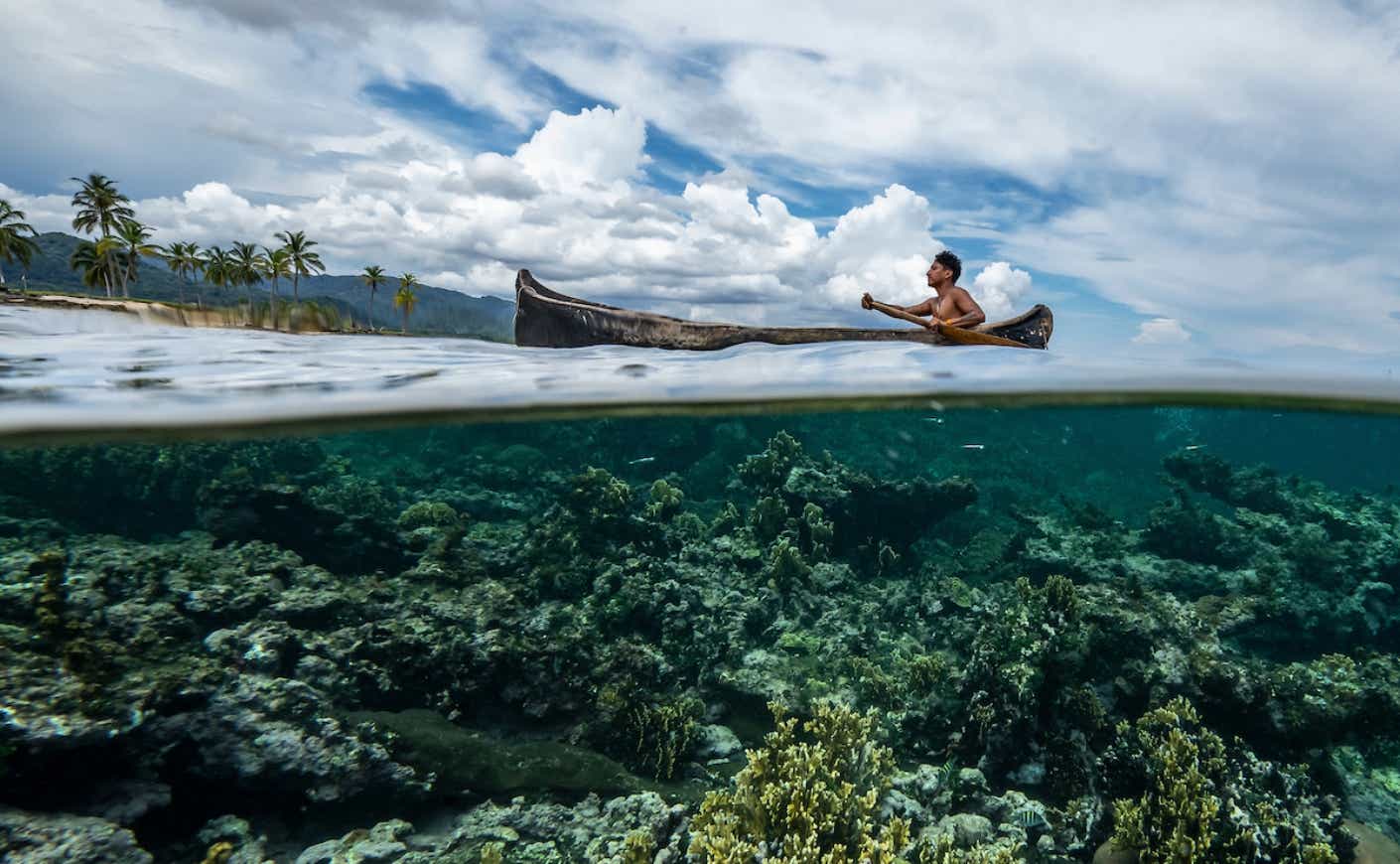As conservationists, it’s easy to feel overwhelmed by enormous problems that loom over us, like biodiversity loss and climate change. Our efforts might feel like a drop in the bucket. I’m frequently asked, “What can I do to help?”
One way forward is attending conservation conferences like the World Wilderness Congress, which I participated in last month in Rapid City, South Dakota (and which is, unlike some of these events, open to the public). I witnessed Indigenous leaders, scientists, lawyers, photographers, and entrepreneurs unite with a common goal: protecting the world’s remaining wilderness. Powerful speakers shared their stories, delegates networked between sessions or over dinner, and partnerships formed that can drive real impact.

A key element of WILD12 are the resolutions the attending delegates drafted, submitted, debated, and voted on. While these discussions often start in small rooms, they can have the power to shape global conservation efforts for years to come — and even end up at high-level governing bodies like the United Nations. It was in 2005 at WILD8 that I founded the International League of Conservation Photographers (iLCP), launching the concept of conservation photography, which has since grown into a global movement.
WILD12 made history as the first Indigenous-led World Wilderness Congress, with a central focus on amplifying Indigenous voices in conservation. Indigenous leaders worldwide advocated for their rights and Traditional Knowledge to be recognized in wilderness management.
The use of Traditional Knowledge, such as the Pacific Islanders’ Rāhui — a temporary fishing ban to promote ecosystem recovery — demonstrates ancient Indigenous methods of ecosystem management, rooted in a deep understanding of the interconnectedness between people and the natural world. Traditional Knowledge embodies the principles of the Rights of Nature movement, a holistic recognition of ecosystems as living entities with their own rights, aligning with the Indigenous belief that humans are not separate from nature but an integral part of it. At WILD12, it was clear that empowering Indigenous leadership is critical to a sustainable future.

This focus on Indigenous-led conservation relates to the resolution I presented at WILD12, urging governments to ratify the High Seas Treaty. It exemplifies how Indigenous rights and ocean conservation are inherently connected, and it would incorporate Indigenous rights into international ocean management, recognizing that marine protection is inseparable from Indigenous peoples’ cultural integrity and food sovereignty.
The treaty would also provide the legal framework needed to establish Marine Protected Areas (MPAs) in international waters. The Nature Needs Half initiative asserts that 50 percent of the world (and 30 percent of the oceans) must be protected by 2030 if we are to turn the tide against biodiversity loss and climate change. With over 60 percent of our oceans falling within international waters, the High Seas Treaty is essential if we are to meet this ambitious target.
In order for the High Seas Treaty to take effect, 60 countries must ratify it. So far, only eight countries have done so. The resolution I presented calls for a deadline of June 2025 for countries to ratify this essential agreement. This date aligns with the UN Ocean Conference and the IUCN World Conservation Congress, each of which only happen once every few years.

This resolution was officially adopted by the delegates with an overwhelming vote of 50-1, meaning that it has become an official position of the World Wilderness Congress and will serve as a guiding principle for global conservation efforts.
So, where do we go from here?
Alongside this resolution, my team and I have been curating a petition backed by Indigenous Peoples, scientists, nonprofits, WILD12 delegates, and anyone else who wishes to add their endorsement. This collective voice will strengthen our efforts to rally support and urge government officials in countries that have yet to ratify the High Seas Treaty.
Our oceans and the communities that depend on them cannot afford to wait another few years. Our time to act is now. As our petition continues to grow, we invite everyone to add their names and join this meaningful movement.
Paul Nicklen and Cristina Mittermeier co-founded SeaLegacy in 2014. SeaLegacy’s mission is to inspire people to fall in love with the ocean, amplify a network of changemakers around the world, and catalyze hands-on diplomacy through hopeful, world-class visual storytelling. For more updates on their meaningful work, learn more about SeaLegacy, and subscribe to Ripple Effect, Katie Couric Media’s sustainability newsletter.









